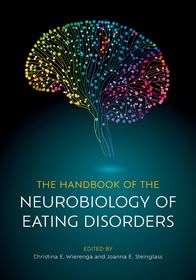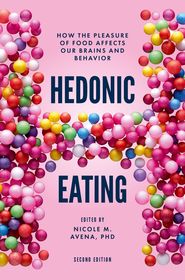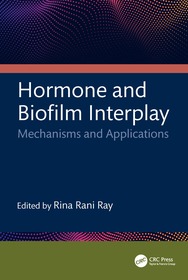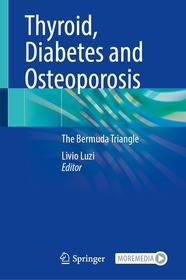
The Handbook of the Neurobiology of Eating Disorders
- Publisher's listprice GBP 107.50
-
51 358 Ft (48 912 Ft + 5% VAT)
The price is estimated because at the time of ordering we do not know what conversion rates will apply to HUF / product currency when the book arrives. In case HUF is weaker, the price increases slightly, in case HUF is stronger, the price goes lower slightly.
- Discount 10% (cc. 5 136 Ft off)
- Discounted price 46 222 Ft (44 021 Ft + 5% VAT)
Subcribe now and take benefit of a favourable price.
Subscribe
51 358 Ft

Availability
Not yet published.
Why don't you give exact delivery time?
Delivery time is estimated on our previous experiences. We give estimations only, because we order from outside Hungary, and the delivery time mainly depends on how quickly the publisher supplies the book. Faster or slower deliveries both happen, but we do our best to supply as quickly as possible.
Product details:
- Publisher OUP USA
- Date of Publication 8 October 2025
- ISBN 9780197675182
- Binding Hardback
- No. of pages608 pages
- Size 249x183x40 mm
- Weight 1202 g
- Language English
- Illustrations 34 b/w illustrations 700
Categories
Short description:
The handbook provides readers with a useful and accessible reference that summarizes and highlights critical findings in eating disorders to provide foundational knowledge of biological and brain function in eating disorders, how this relates to symptom expression and maintenance, and how this can inform future research and treatment development efforts needed to improve efficacy.
MoreLong description:
Eating disorders are associated with dangerous and costly medical morbidity, high rates of comorbid psychopathology, significant psychosocial impairment, substantial economic burden, and the highest mortality rate of any psychiatric disorder. These serious disorders have a long history in psychological research, yet advances in neurobiology are relatively new.
The Handbook of the Neurobiology of Eating Disorders provides readers with a useful and accessible reference that summarizes and highlights critical findings in eating disorders to provide foundational knowledge of biological and brain function in eating disorders, how this relates to symptom expression and maintenance, and how this can inform future research and treatment development efforts needed to improve efficacy. The book aims not only to assemble scientific information from a range of areas of neurobiology of eating disorders but also to promote discourse and encourage integration of perspectives. By highlighting the controversies in the field, the book clarifies the distinctions between what is known from the data and what is not yet known, to drive further discovery toward the common goal of improving understanding and treatment of eating disorders.
Table of Contents:
List of Figures
List of Tables
Acknowledgments
List of Contributors
Introduction
Part I Overviews
Overview of the Classification and Epidemiology of Eating Disorders
Neurobiology of Ingestive Behavior
Neuroendocrine Function and the Gut-Brain Axis in Eating Disorders
Genetics of Eating Disorders
Computational Psychiatry and Eating Disorders
Part II Basic Neuroscience Domains in Eating Disorders ("Bottom Up")
Appetite Regulation and Motivation to Eat
Reward Processing and Reinforcement Learning in Eating Disorders
Interoception in Eating Disorders
Social Cognition and Processing in Eating Disorders
Inhibitory Control in Binge-Type Eating Disorders
Cognitive Flexibility in Eating Disorders
Self-Regulation in Eating Disorders
Visuospatial and Neuropsychological Functions in Eating Disorders
Part III Manifest Symptoms of Eating Disorders ("Top Down")
Restrictive Eating Through the Lens of Choice
Binge Eating
Physical Activity and Exercise
Body Image
Part IV Emerging Neurobiologically Informed Treatments
Habit-Centered Treatment for Anorexia Nervosa
Temperament-Informed Treatment for Anorexia Nervosa
Interoceptive Exposure: Developing Capacities to Discriminate and Adaptively Respond to Visceral Signals
Neurosurgery and Neuromodulation for Eating Disorders
Part V Emerging Topics
Advances in the Activity-Based Anorexia Paradigm: An Animal Model for Aspects of Anorexia Nervosa
Neurobiological Model of Avoidant/Restrictive Food Intake Disorder
The Microbiome-Gut-Brain Axis in Anorexia Nervosa
Target Engagement and Pharmacotherapy in Eating Disorders
The Potential of Psychedelics in the Treatment of Eating Disorders
Afterword
Index










